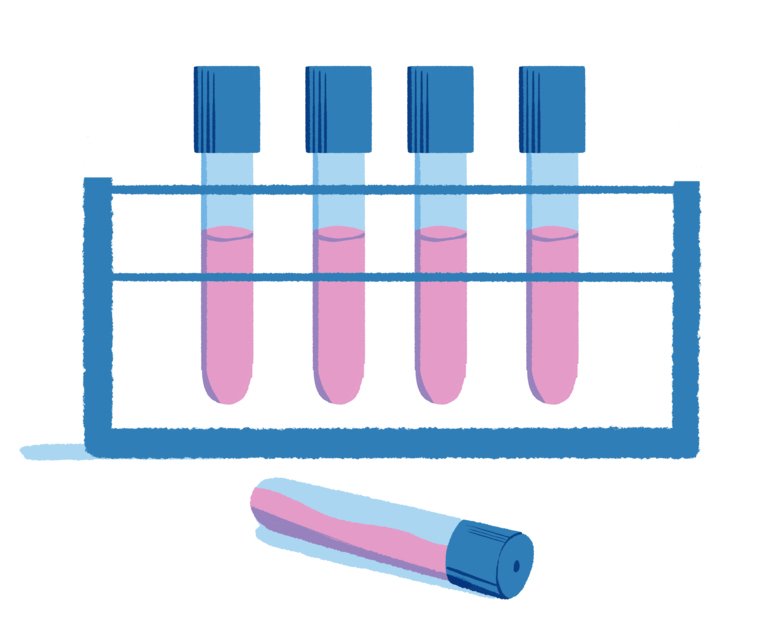That is why the issue of a PSA test is not so simple
The test that is currently used in Sweden to test for prostate cancer is the so-called PSA test. It is easy to take, but the consequences of it can be trying. The test does not identify all cancers with certainty, and it can also indicate cancer where none exists, which can lead to unnecessary treatment and side effects.

Text: Fredrik Hedlund, first published in Swedish in Medicinsk Vetenskap No 3, 2019
PSA stands for prostate-specific antigen and is a protein produced in the prostate gland which increases sperm motility after ejaculation. However, a small amount of the protein circulates in the blood and can be easily measured with a regular blood test. Then things become more difficult.
The PSA level may be elevated for several reasons other than prostate cancer – the most common is so-called benign prostatic hyperplasia, an inflammation of the prostate gland called prostatitis, or the aftereffects of a urinary tract infection. An elevated PSA level is therefore only an indication for continued investigation. The next step is to take tissue samples, or biopsies, from the prostate to look for a possible tumour.
Standardised pattern
Biopsies today are taken in a standardised pattern with ten to twelve needles spread over the prostate gland in the hope of finding cancer in one or several of the samples. This method has multiple problems and sources of error. Firstly, the biopsies themselves can result in an infection in the prostate, which in the worst case can lead to blood poisoning, secondly, each biopsy needle needs to be assessed by a pathologist where the assessments have been shown to vary, and thirdly, the biopsy needles can entirely miss the tumour.
On top of that is the fact that tumours in the prostate can grow at very different speeds where a fairly large proportion grow so slowly that they never cause any real problems. Furthermore, all existing treatments entail quite a high risk of side effects.
“There are patients where prostate cancer is identified, the tumour is treated and the patient experiences no real side effects. This is not the usual patient, but say maybe 30 per cent of those who undergo surgery and as many who have radiation therapy. But a significant percentage of the patients will have to deal with either erectile disfunction, incontinence or both after treatment,” says Olof Akre, Professor of Oncological Surgery at the Department of Molecular Medicine and Surgery, Karolinska Institutet.
A fairly good approximation
The doctors can get a fairly good approximation of how aggressive the tumour is from the biopsies. This is a decisive factor in deciding whether or not the tumour is to be treated.
“If it is a very aggressive tumour, maybe it is acceptable to lose certain functions, whereas if the tumour is somewhat less aggressive, then perhaps the patient wants to wait and keep these functions. But many patients become very worried about the diagnosis and want to try all treatment available regardless the risks. In that case, the patient can end up being treated for a relatively mild tumour that brings with it a small risk of premature death but a great risk of impacting their quality of life,” says Olof Akre.
Alternatives after PSA
A man in his 50s who is faced with taking a PSA test has the following possible results to consider:
- Low value, essentially no risk. Easy, nothing needs to be done.
- High value, high risk of cancer. Easy, continued investigation is required.
- Mid-range value, unclear risk. Difficult, live with suspected cancer or proceed with an investigation and treatment with possible side effects as a result.
